HISTORICAL PLACES OF WESTERN INDIA
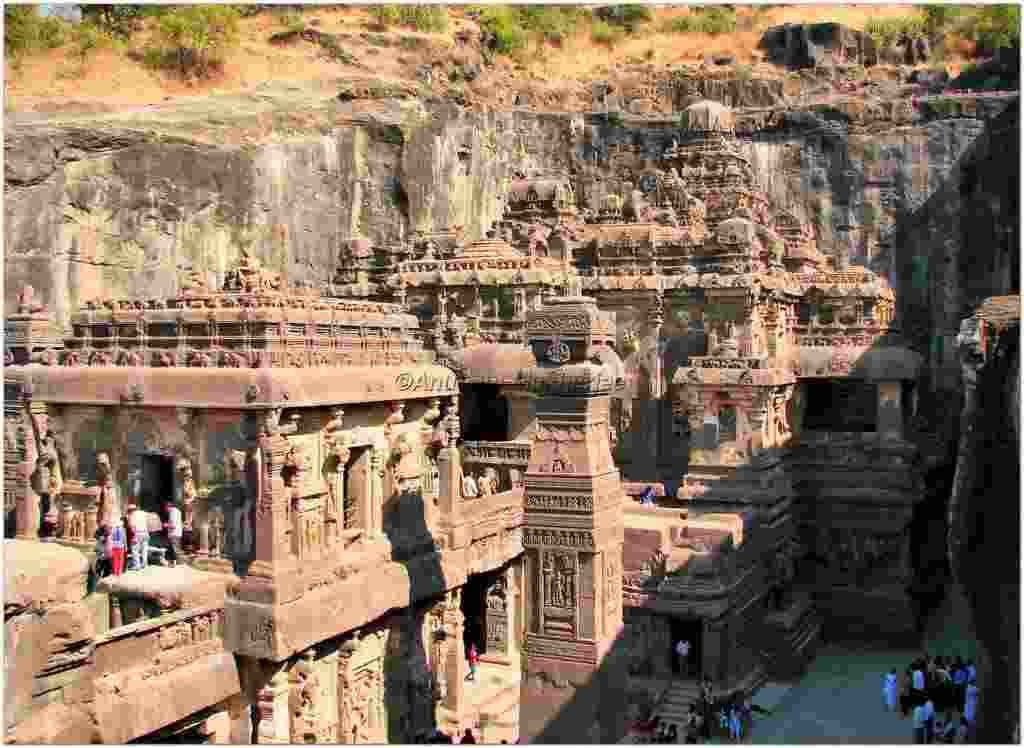
ELLORA,TEMPLE,MAHARASHTRA
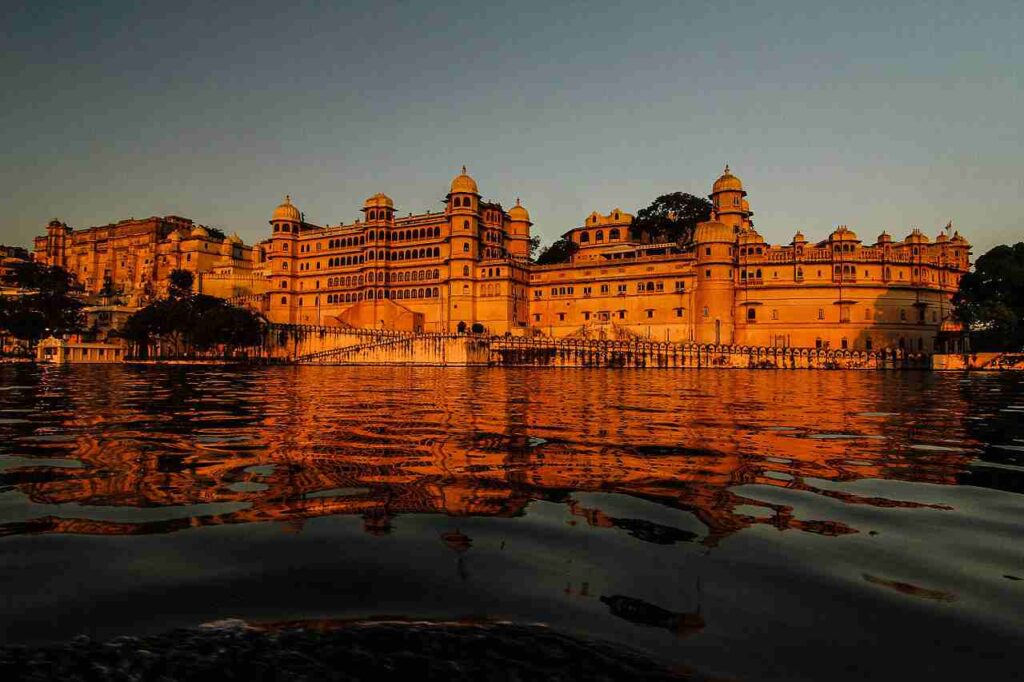
UDAIPUR-PALACE
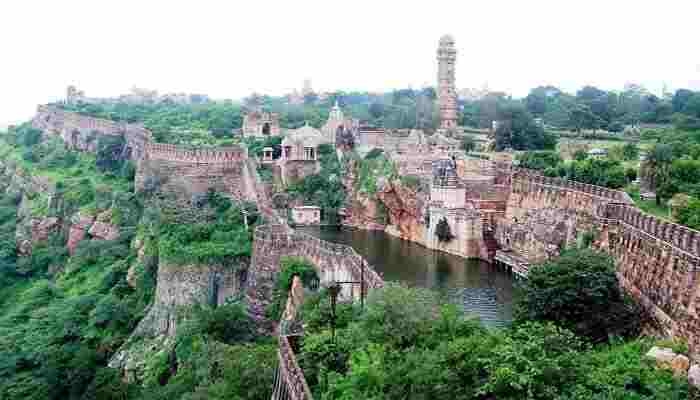
CHITTORGARH-FORT,RAJASTHAN
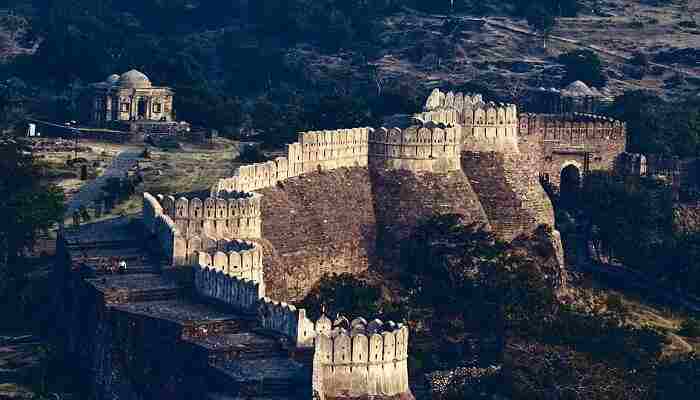
KUMBHALGARH-FORT,RAJASTHAN

AJANTA-ALLORA-CAVES,MAHARASHTRA
History of Western India
The History of Western India is enchanting and Glorious. The Guide to Indian Tourism definitely makes you understand the History of this western India .
Learn more about History of North-East and East India, North India and South India.
As deciphered from Archaeological survey of Ancient India, the Parts of Gujarat were the site of Indus Valley Civilization. Places have been uncovered in Gujarat at Lothal, Surkotada, and around Ghaggar river in Rajasthan. The Western Indian region was ruled by the Rashtrakuta Empire, the Maurya Empire, the Gupta Empire, Gurjars, Rajputs, Satavahanas, Western Satraps, Indo Greeks, Kadambas etc. in the ancients times.
During the medieval age, the area was under the rule of the Vaghela dynasty, the Gujarat Sultanate, and the Delhi Sultanate. Thereafter, the area was under Mughals rule. Later, the Maratha Empire which arose in western Maharashtra came to dominate a major portion of the Indian sub-continent.
Undoubtedly the defeat of Maratha Empire by the British in the Anglo-Maratha wars left most of India under colonial rule. The region then experienced great upheavals during the struggle for Indian Independence. Gandhi’s Dandi March took place in Gujarat. The region became part of independent India in 1947, and the present state boundaries were drawn based on linguistic considerations in 1956.
History of western India – Through the Pages of Ancient India
“Pleistocene” the term given by geologists to the period before the advent of writing is called prehistory to differentiate it from authentic documented history. The prehistory of western India begins with the first appearance of the early man on the banks of Sabarmati, Mahi, Orsang, Narmada, Bhadar, Vadi, Tapti, Purna etc. during the Pleistocene age, which is also called Old Stone Age.
The history of Gujarat and Maharashtra divulge that the region as a geographic, ethnic and political entity played a significant role in shaping history. A survey of its history during this era (5th BC to 11th CE) is a seemingly incessant economic progression, cultural and Artistic achievements.
Spread of Indus-civilization to western India
Most importantly this marks the another phase of Indian History and its culture. In Gujarat the most remarkable discovery is that of Saragwawla – Lothal (Taluka Dholka) in the Ahmedabad district, the extent of the Harappan Civilization. Typical Indus valley seals of steatite, mud brick platform have been found from there. The period deciphered from 2500 BC to 500 BC, it was Harappan culture and Yadavas rule which dominated the historical account of western India. Thus Indus valley civilization is one of important pivots of History of western India.
History of western India – Relation with Lord Krishna.
According to the references of Vedas, Puranas, Buddhist and Jain literature, lord Krishna had established dynastic rule of Yadavs at Dawarka more than 2500 B.C. Yadav rule was instrumental in spreading the Aryan culture in Gujarat.
According to Vedic literatures, the Yaduvanshis or Yadavs are the descendants of Yadu, the eldest son of King Yayati. From his line was born Madhu, who ruled from Madhuvana, situated on the banks of river Yamuna, which extended up to Saurastra and Anarta (Gujrat). His daughter Madhumati married Harinasva of Ikshvaku race, from whom Yadu was born again, this time being ancestor of Yadavas.
Nanda, the foster father of Krishna, was born in the line of succession of Madhu and ruled from the same side of Yamuna. Jarasandh, Kansa’s father-in-law, and king of Magadha attacked Yadavas to avenge Kansa’s death. He attacked 17 Times due to which Lord Krishna along with all his people left Mathura and settled at Dwarika. Jarasandh was latter killed by Bhima.
Western India – Post Mahabharata Period.
After Mahabharata age, the verified political history of western India begins with the rule of Mauryan dynasty (c. 315 BC.). Chandra Gupta Maurya flew the flag of his sovereignty from Pataliputra of Magadh. Gujarat and Maharashtra were also the part of his kingdom.
western India- After Decline of Gupta Period.
In Fact towards middle of the 5th century CE the Gupta Empire started to decline. Kanaksen’s 15th generation, Vijaysena was the Bhattaraka (commander) of the Emperor Skanda Gupta. As the title of Bhattaraka suggest, he was the regional commander of Gupta overseeing Gujarat, Saurashtra, Malwa and Kuchha. Colonel Tod believed that Kanaksen was given the responsibility for Northern Gujarat Anarat) province and Malwa (Avanti) region. SenapathiBhattarka took advantage of situation and in 470 CE. he set up what came to be as the Maitrak Kingdom. Maitrakas ‘of Vallabhi become very powerful and their writ prevailed over large parts of Gujarat and it was during the rule of DhruvsenaMaitraka that Chinese philosopher traveler Huien – Tsang visited Vallabhi in 640 CE.
western India – Rise of Solanki Dynasty.
As vassals of the Valabhis, Chavadas held their wave over parts of Gujarat, they assumed independent control after the fall of Vallabhi and founded the Chavada dynasty, which lasted a shade under a century. Mulraj, who was the adopted son ofthe last Chavda ruler, Samant Singh overthrew him in 942 CE and set up what came to be known as the Solanki Dynasty, He started expanding his frontiers and established his complete and total hold over Saurashtra and Kutch.
History Of Glorious Gujrat – Solanki Dynasty.
Mulraj Solanki reign marked the start of the most glorious period in history of Gujarat during which Gujarati culture flowered as manifested in art, architecture, language and script. It is described as the golden period in Gujarat’s history. From the rule of Solanki Dynasty the name ‘Gujarat’ finally came into existence.
According to the traditional ancient literature, Gujarat comprises three regions, Anartta (Northern Gujarat), Surashtra and Lata (Southern Gujarat). The first reference of Gujarat is the mention of Sharyati Manava, the son of Manu, as a region of Gujarat got its name by his son Aanarta.
Anarta’s son Revata founded his capital Kushasthali later which is known as Dwarika. Bhrigu is also associated with Bhrigukachchha present day Bharuch. “Anarat” in Prakrit means “AnaryaVarta”, suggesting that non-Aryan tribes must have lived there in antiquity. The southern Gujarat was called “Lata or Lat” region. Panini mentioned in his Ashtadhyay, the region Kachchha “as the water logged portions in the south and the dry desert area in the north.
History of western India – In Connection to Buddhism.
The distribution of Buddhist cave sites according to historical regions draw a clear line showing the dominance of the Buddhist in the regions of Maharashtra and Gujrat. These can be illustrated as under:
1) Aparanta- Virar, Kanheri, Kondivite, Ambivali, Kondane, Uran, Chaul, PaliSudhagad,Nenavali-Khadsamla, Gomashi, Thanala-Nadsur, Mahad, Kol, Khed, Chiplun, Panhale-Kaji and Lonad.
2) Mulaka- Ajanta, Aurangabad, Pitalkhora, Ghatotkacha (Gulivada), and Ellora.
3) Govardhana- Nasik
4) Maval- Junnar, Karla, Bhaja, Bedsa, Shelarvadi.
5) Karhataka- Karad, Yerphal, Tamakane, Wai and Pohale, Shirval.
It is evident that Konkan area has the largest number of cave sites whereas other historical regions have fewer cave sites. The rock cut cave activity began simultaneously in all the historical regions but got limited to the Aparanta and the Mulaka region from third century CE onwards. Hence it can be said that several dynasties ruled western India from 300 BC. to the advent of Muslim rulers in the region and than the series of Battle with the Marathas until the land was dominated by the Britishers.
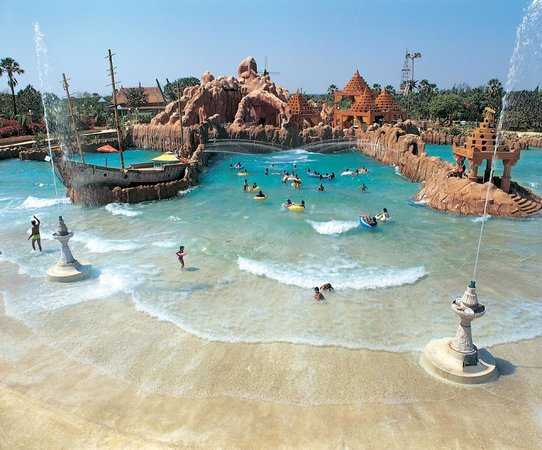
WATER KINGDOM,MUMBAI.
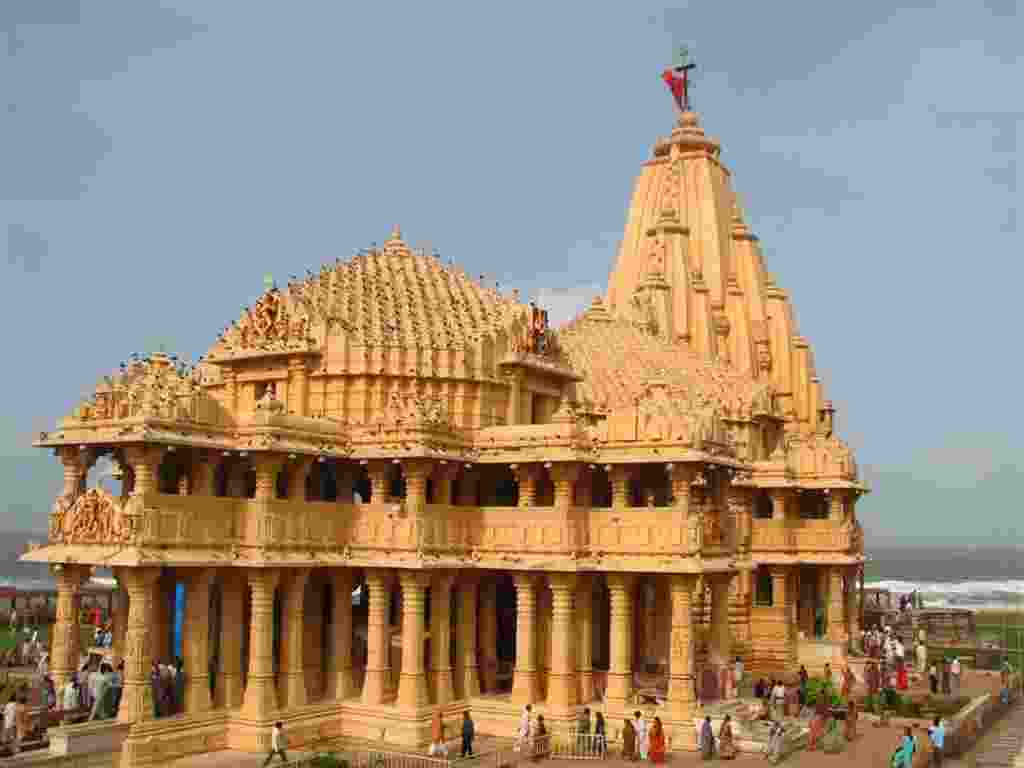
SOMNATH-TEMPLE,GUJRAT
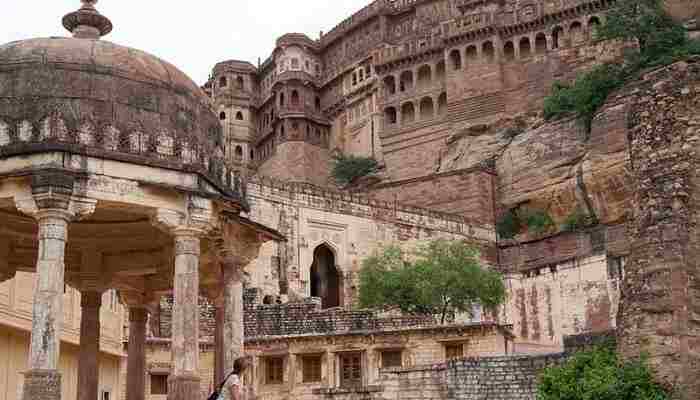
MEHRANGARH-FORT,RAJASTHAN

AJANTA-ALLORA-CAVES,MAHARASHTRA
WE ARE HERE TO SERVE YOU. YOU MAY FIND OUR OTHER SERVICES ON OUR ‘SERVICE TAB’
POST YOUR COMMENTS. WE WANT TO HEAR FROM YOU. YOU MAY CONNECT US OR CONTACT US. DON’T FORGET TO BUILD RELATION. TRY ONCE WE WILL SURELY RESPOND. FOR SURE RELATION BUILDING IS A KEY TO SUCCESS.
TOPOGRAPHY OF WESTERN INDIA
Topography of West India is worth to understand. This is a very important subject . In fact the Topography of a region Plays a very vital role in its climate and culture, and vegetation. Read More..

